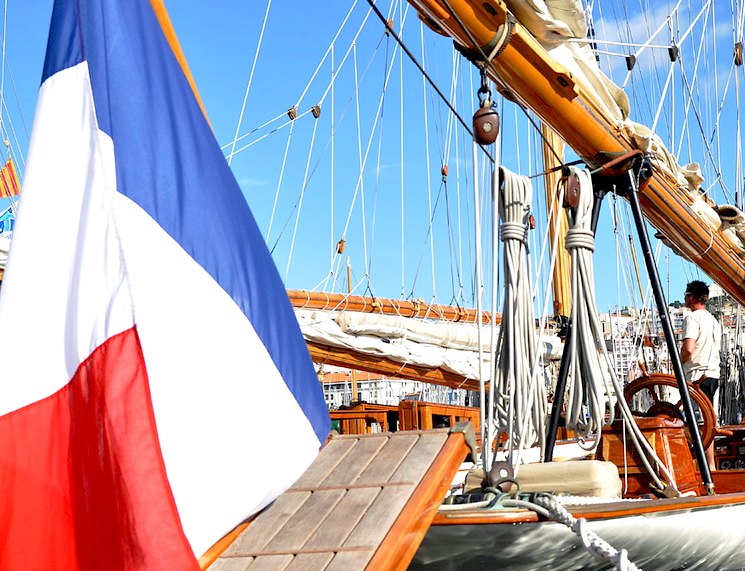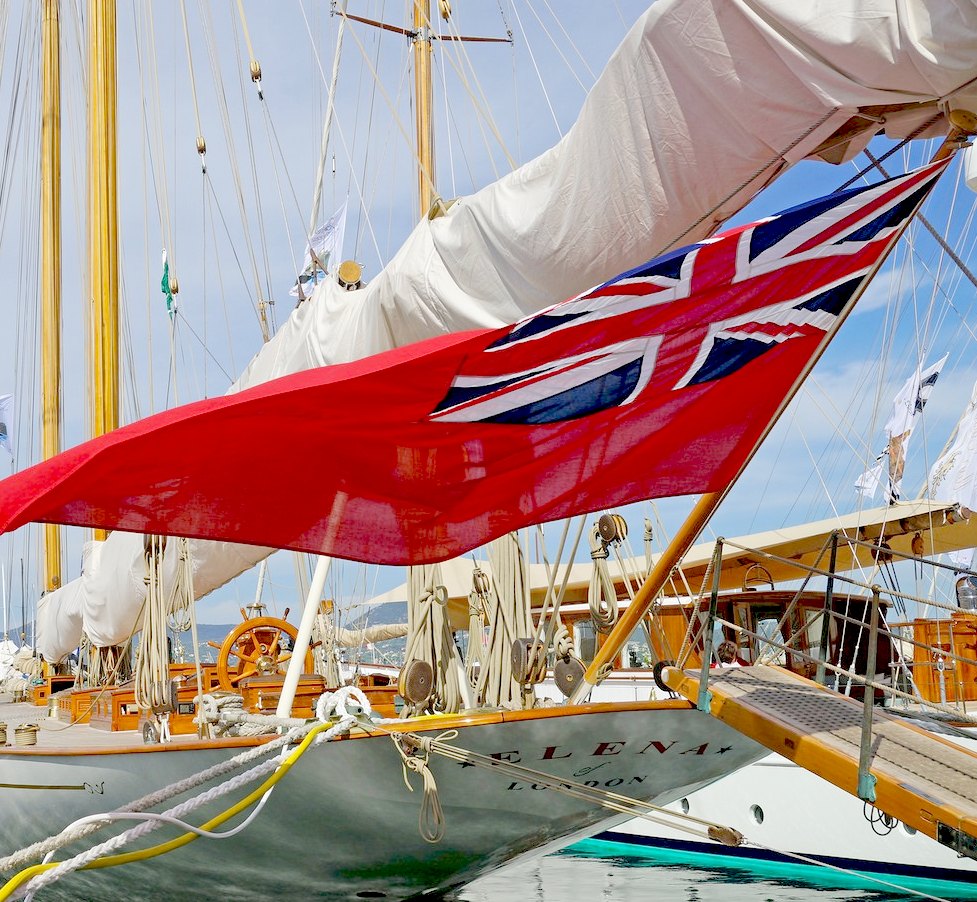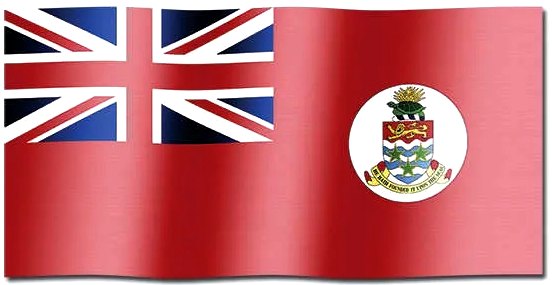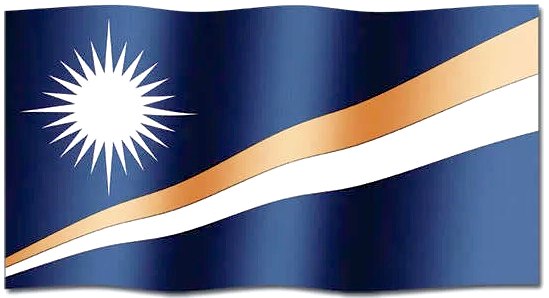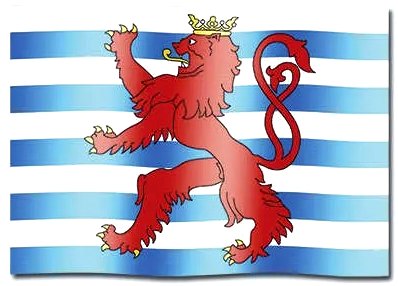|
FLAG STATES - REGISTRATION
Please use our A-Z INDEX to navigate this site or return HOME
|
|
The Elizabeth Swann will be classed as a private yacht, not for commercial charter. We need to keep the administrative and operational costs down to the minimum, commensurate with maintaining the vessel in first class condition for occasional operation in international waters. She will be classed as a solar powered battery electric vessel in the first instance, where such classes are now widely accepted. Hydrogen for energy storage may be added at the appropriate time, as approval of such innovation becomes easier as the technology is better recognized and classified. Though, Approval In Principle, might be a logical stepping stone, in terms of advancement.
JURISDICTION
& NUMBER OF REGISTERS
- The Kingdom of the Netherlands allows the different constituent countries to set up their own registers under the Dutch flag.
- Several territories over which the British Crown holds sovereignty have their own register. Most notably, the Isle of Man has a significant register.
- Hong Kong, the special administrative region of China, has a separate ship register, the fourth largest in the world, in addition to China's own ship registry.
FLAG STATE CONTROLLERS
- In Canada, Transport Canada is responsible for flag state control under the Canada Shipping Act, 2001.
- In France, the Ships Safety Centers are in charge of Flag state control.
- In Hong Kong, the Marine Department is responsible for control & enforcement under the Flag State Quality Control Scheme.
- In India, the Directorate General of Shipping is responsible for life, health, vessel and the environment for Indian registered ships and ships at Indian ports.
- In the United Kingdom, the Maritime and Coastguard Agency (MCA) is responsible for flag state control.
- In the United States, the Coast Guard, under the authority of various federal laws, regulations and international conventions and treaties, the Officer in Charge Marine Inspections is responsible for the inspection of US flag vessels.
- In Vanuatu, the Vanuatu Maritime Authority has the responsibility to enforce maritime laws and exercise flag state control.
IMO UNCLOS - FLAG STATE ENFORCEMENT
THE UK SHIP REGISTER
An owner who intends to operate his vessel as a private yacht and not charter might register the vessel in his home country.
You need to register your boat to use it at sea. Whether you can use the register depends on your citizenship status.
So, check the eligibility requirements for each part of the UK Ship Register.
You can use Part 1 of the register if you have either:
Registering your boat on Part 1 of the register means you’ll be able to:
The costs is £153 to register for 5 years, with a renewal notice when it’s time to renew, and £72 for another 5 years registration.
BEFORE APPLYING YOU'LL NEED: -
the International Maritime Organization (IMO) number
Maritime & Coastguard Agency
(Head office)
HISTORY
Until World War II nations were able to maintain their dominance, or in some cases, even improve their position in maritime trade by offering vessels exclusive protection for flying their flags, which would in turn give the nation exclusive control over the vessels. Ship owners during this time needed protection from pirates and privateers which was provided by naval vessels of the flag state. In some cases states offered subsidies to the shipbuilding industries. In addition to these incentives, states might impose restrictions based on flag State, closing ports to other ships.
One well known example of how this was applied is the case of England, which restricted the import of Asian goods only to American and British vessels. England only opened its ports after it had maneuvered itself into a position of strength, and then most likely only to gain access to other continental ports. Similarly, France imposed a trade monopoly on its colonies which remained in place until 1869.
Since the Flag Right Declaration of 1921, it has been recognised that all
states - including land-locked countries - have a right to maintain a ship register and be a ship's flag state. Because of the failure of some flag states to comply with their survey and certification responsibilities, especially flag-of-convenience states that have delegated their task to classification societies, a number of states have since 1982 established Port state controls of foreign-registered ships entering their jurisdiction.
The flag you choose to fly from your transom can have a direct bearing on your privacy, taxes, exposure to liability and boarding, the vessel’s success as a non-commercial enterprise, and, ultimately, your enjoyment of the yacht. How then do you decide which flag best serves your purposes? There is no simple answer, but some basic considerations do apply and are looked at in this review of the state of the flag nations. We are seeking a good working relationship with a forward looking administration.
Although a custom rather than a legal requirement, most countries expect a courtesy flag (a small version of the coastal state’s maritime ensign) to be flown by foreign flagged vessels at the senior
signaling position, acknowledging that you will respect the Coastal State’s jurisdiction laws and sovereignty.
Many popular flag states have appealing and relatively simple avenues for setting up offshore corporate structures that offer favourable taxation and liability protections under a stable fiscal and legal system. In addition they have construction, inspection and regulatory compliance regimes that can streamline the process of owning and operating a large yacht.
Just like you car, your boat will need an MOT once a year, and insurance
cover.
|
|
ZEWT ALORS - The solar and wind powered 'Elizabeth Swann' will feature solar collectors energy harvesting apparatus. Her hull configuration is ideal to incorporate mass hydrogen storage tanks, offering ranges of up to 4,000nm on compressed gas, or an extended range on liquid hydrogen tanks (optionally) as a drop in cartridge, or safety module.
|
|
A-Z
INDEX OF H2 POWERED FUEL
CELL SHIPS
LIQUID HYDROGEN LINKS & REFERENCE
https://www.marineinsight.com/maritime-law/what-are-flag-states-in-the-shipping-industry-2/ https://lloydslist.maritimeintelligence.informa.com/LL1134965/Top-10-flag-states-2020 https://southseasmerchantsmariners.com/yacht-ship-registration-vessel-register-boat-flagging https://www.gov.uk/register-a-boat/the-uk-ship-register https://www.boatinternational.com/yachts/luxury-yacht-advice/how-to-choose-your-yachts-flag-state--615
|
|
Please use our A-Z INDEX to navigate this site or return HOME
This website is Copyright © 2021 Jameson Hunter Ltd
|
